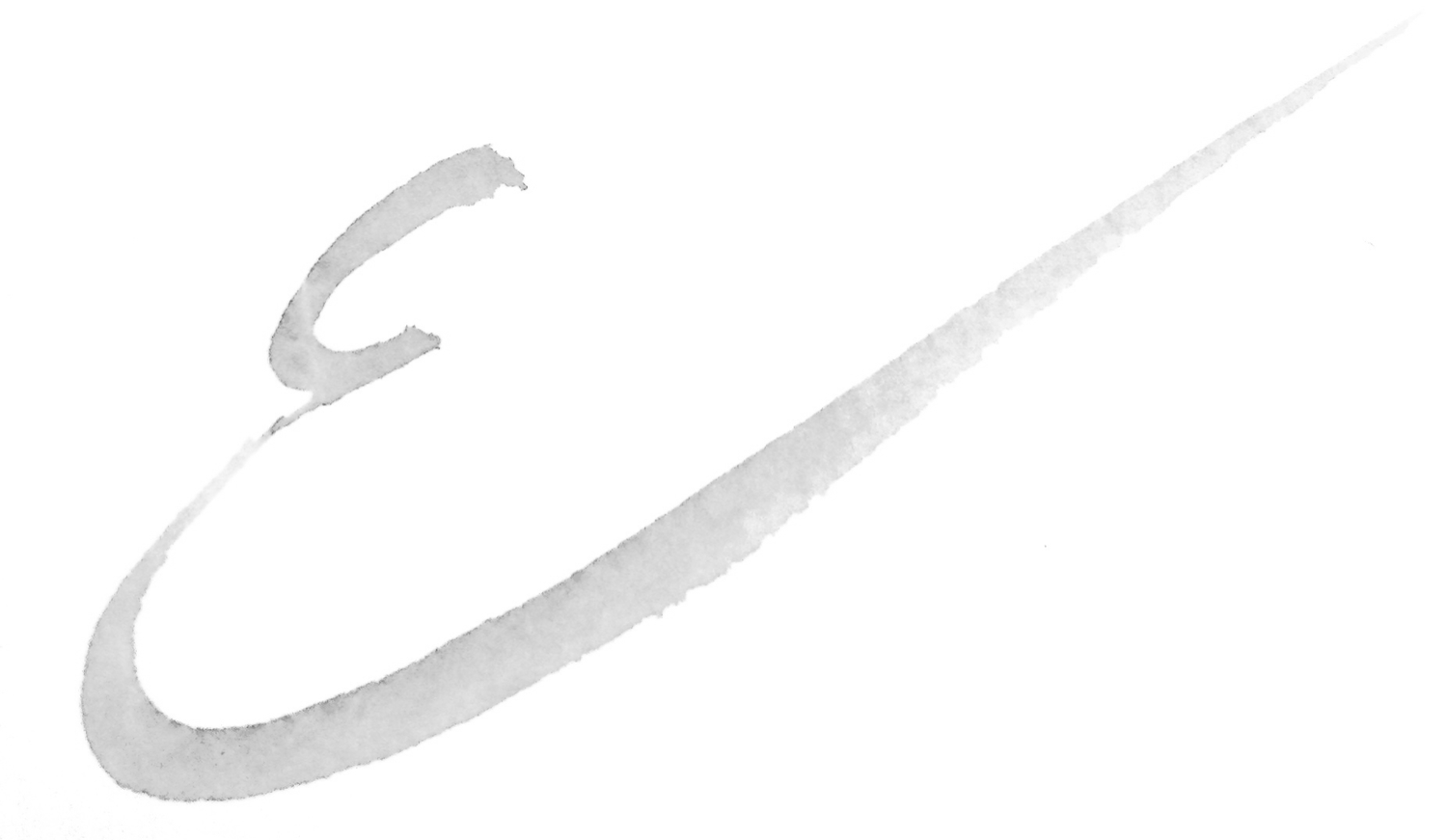Nuts about it Now: Neocutis
I will admit: I was hesitant to experiment with Neocutis a few years back because I am SUCH a SkinMedica TNS fan. Like, an Ultra-Fan. But of course I have to keep my eyes and ears open for different and new ways to use products and new technology etc... so I dove in.
I loved the way the Lumiere Bio-Restorative Eye Cream felt, and really enjoyed the brightness it seemed to provide my eye area. I really enjoyed using the Exfoliating Skin Cleanser (featuring 10% Glycolic acid) which did not make my skin feel stripped. I also really loved the convenience of the Journee, a one-stop-shop anti-aging product featuring a sunscreen, a slight tint, and PSP, Neocutis' growth factor. By far, my favorite of the group was the Bio-Serum: a concentrated growth-factor intensive that helped the clarity of my skin and the texture simultaneously.
 I recently became re-familiarized with the line when my good friend Jill took on the Chicago Neocutis territory and dropped in to school me on the swiss technology ...and let me play around with the products again. I am pretty excited about the line again, it's just as good as I remember and I even had the chance to do a couple split-face comparisons with other products. (More about that in another post). In the meantime, here is a another post I wrote about Neocutis and their approach to skin care technology: to check that out, Click Here
I recently became re-familiarized with the line when my good friend Jill took on the Chicago Neocutis territory and dropped in to school me on the swiss technology ...and let me play around with the products again. I am pretty excited about the line again, it's just as good as I remember and I even had the chance to do a couple split-face comparisons with other products. (More about that in another post). In the meantime, here is a another post I wrote about Neocutis and their approach to skin care technology: to check that out, Click Here
And until next time, Stay Fabulous, My Friends!
Neocutis to the Skin: 'I'm gonna need you to start the healing process, ok?'
I wanted to share a bit about my recent look into Neocutis Skin Care products, their technology, and how their growth factor 'PSP' works. Here's the scoop.
Neocutis offers a number of products that feature technology that was developed by leading Swiss researchers out of the University Hospital of Lausanne, a leading international research facility. Their claim-to-fame/ proprietary ingredient is called PSP, which they have termed the "Cadillac of Peptides".
Here are some interesting facts about PSP and how it works:
The Healing Power of Peptides
Inspired by the phenomenon of the scarless healing of fetal skin, medical researchers in Switzerland created a biotechnology process to obtain the super power proteins involved in wound healing from cultured fibroblasts. A dedicated cell bank was established for developing new wound healing and burn treatments with these amazing proteins. That same cell bank is the source of the fibroblasts that produce PSP, which is Neocutis' secret weapon. By the way, fibroblasts are the collagen producing cell found in skin.
PSP
PSP stands for Processed Skin Proteins. PSP is a mixture of Human Growth Factors, interleukins, and the other cytokines that were discovered by those Swiss scientist smarty-pants.
Ok, so it heals wounds (that's pretty cool). But what does it do for the skin's appearance?
Let's face it: aging skin is damaged. No matter what you want to primarily blame for the inflammation, damaged/aged skin is basically wounded skin. The free-radical damage (reactive oxidative species) that causes the wound (aging/ skin damage) is caused by stuff like
- glycation
- injuries to the skin
- pollution
- chronic skin conditions
- sun damage: the tanning bed you hit in high school, the baby oil/iodine days of the past, or even just daily daylight-exposure
The scientists found that even though the skin does not actually absorb the growth factors, they are proven to play what I like to think of as a game of 'telephone' with the skin when applied topically. They are able to stimulate the healing process, actually acting to 'heal' the 'wound' of the aging/damaged skin.
 The result is smoothed, brightened and firmed skin, all with no color or fragrance additives. Give it a try and see what you think! Check it out here: www.neocutis.com
The result is smoothed, brightened and firmed skin, all with no color or fragrance additives. Give it a try and see what you think! Check it out here: www.neocutis.com
Until next time, stay fabulous, my friends!


